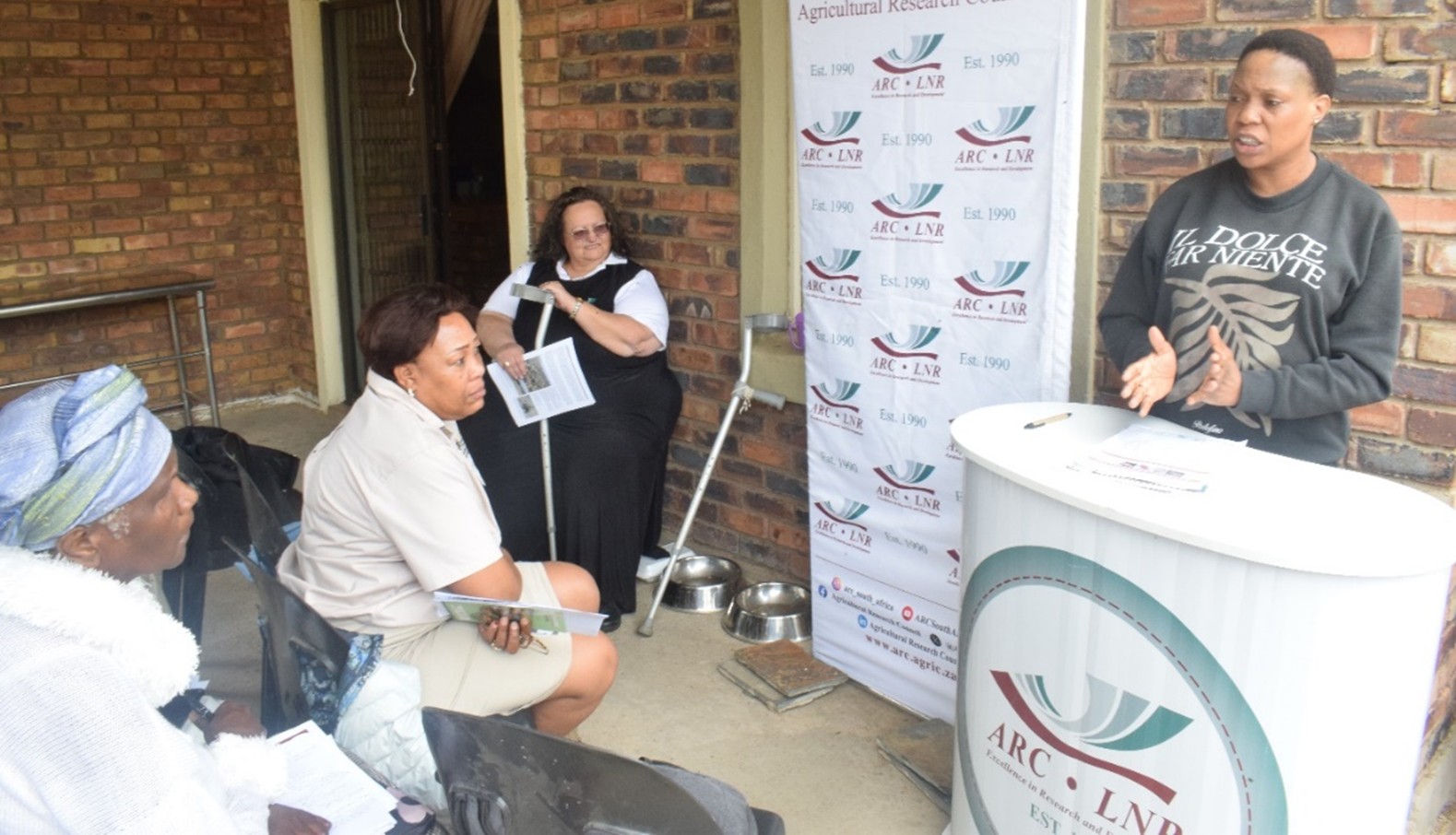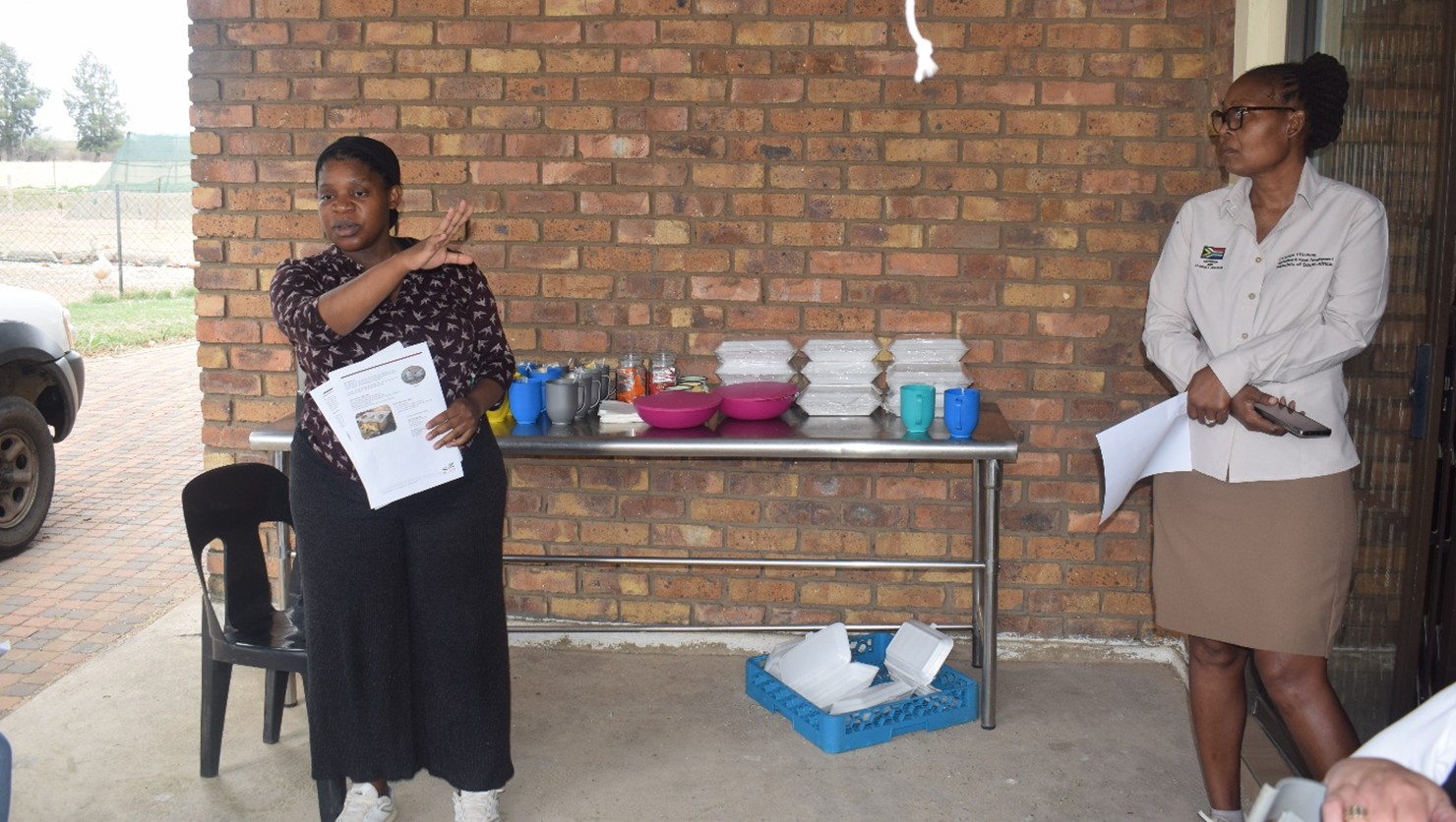By Matsobane Manaka

Dr Motswako Phoko, a Researcher at ARC delivers finding in her research about the positive aspect of the plant as a source of feed.
Hundreds of invasive plant species such as Bankrupt Bush (BB) are becoming growing concerns among farmers.
Their existence mainly affects large areas of productive grazing areas and threatens the sustainability of livestock production.
The BB, also known as Slangbos or Seriphium plumosum, spreads so fast that it causes harm to animals, the economy, and the environment.
The problem plant does not only encroach faster while reducing hectares of productive land but takes away valuable scarce resources such as water from other native plant species.
The Limpopo Department of Agriculture and Rural Development in collaboration with Agricultural Research Council (ARC) held a Bankrupt Bush (BB) Awareness Day in a quest to capacitate farmers with effective approach on managing and controlling the invasive plants species.
Like many other invasive plants that are resistible to control, Bankrupt Bush can be managed in various forms including chemical, biological, and mechanical ways. According to Mabule Ramodike from ARC, a registered and approved chemical must be used to avoid damage to the environment. He made assertion that the invasive plant must be controlled in line with the Conservation of Agricultural Resource Act (CARA).
In terms of Regulation 16 of Conservation of Agricultural Resource Act, Act 43 of 1983, Bankrupt Bush is listed as an indicator of Bush encroachment in all provinces of SA, thus according to ARC.

Project owner of Legae la Banareng: Thato Moagi Mugonda, gives welcoming remarks with Mulalo Munyai (right).


